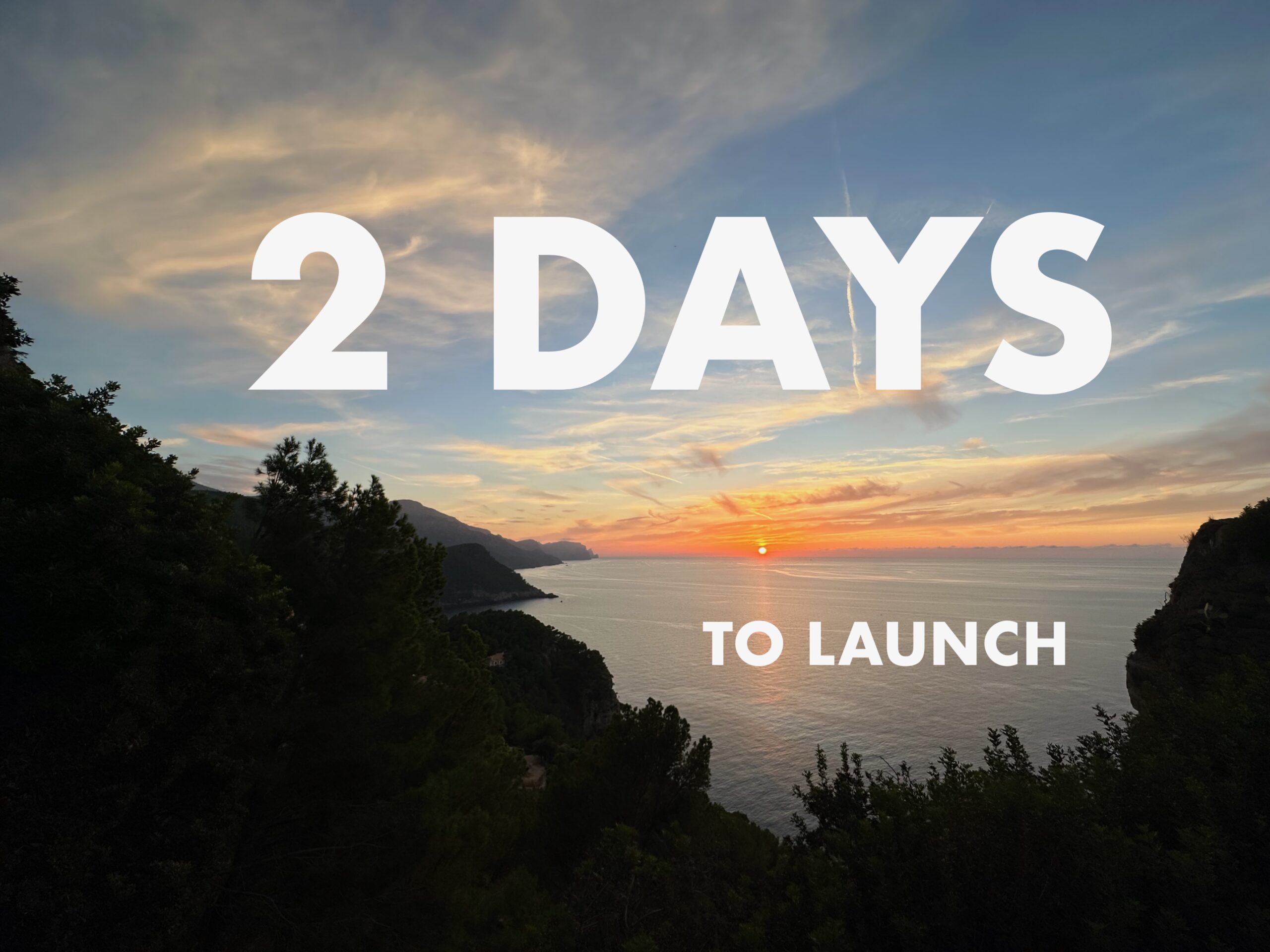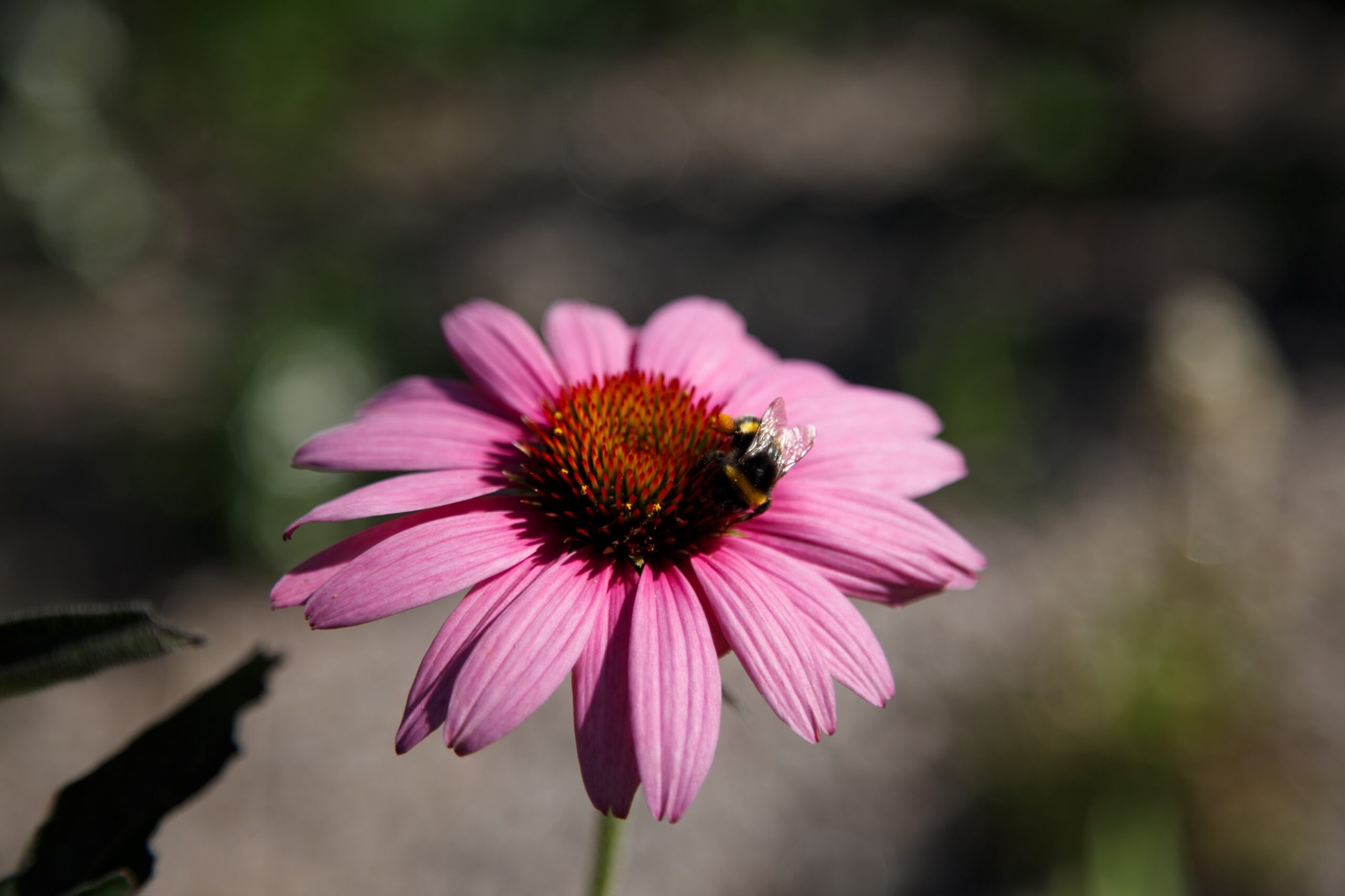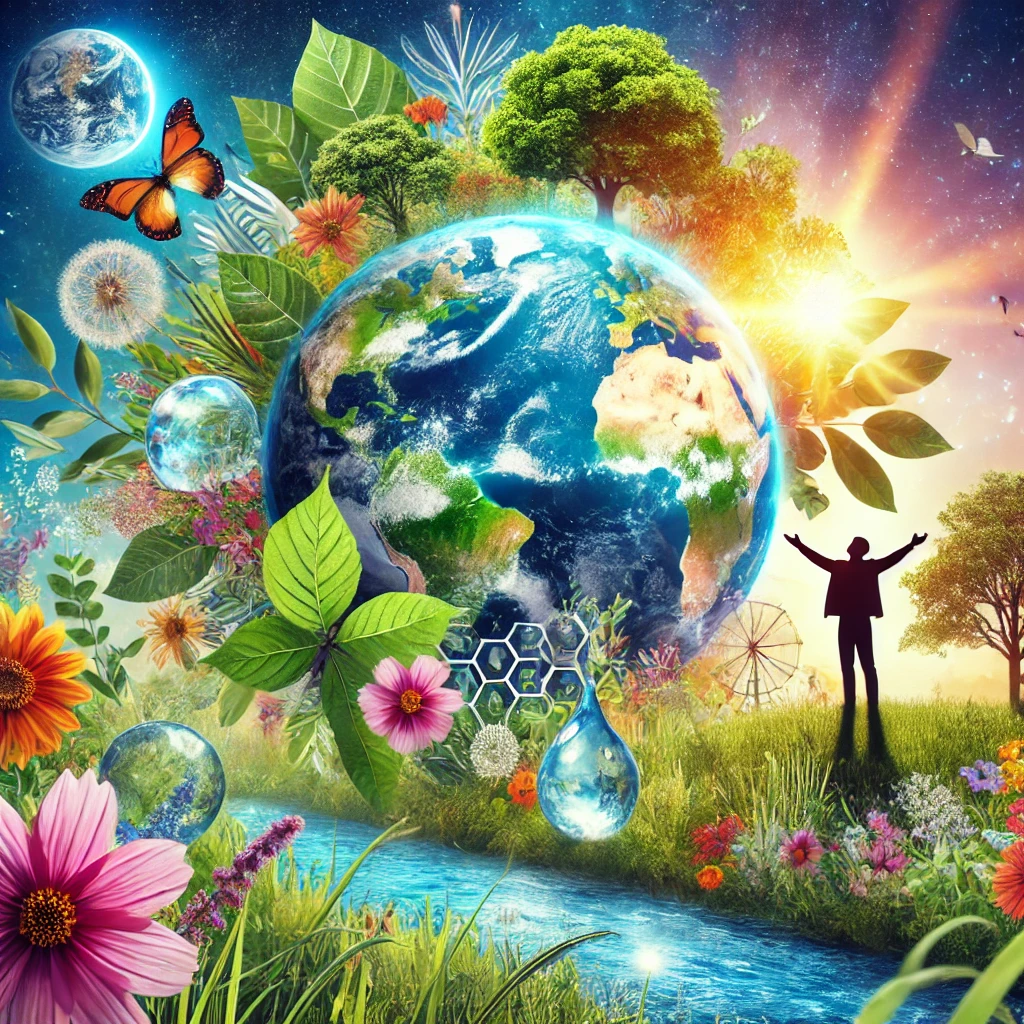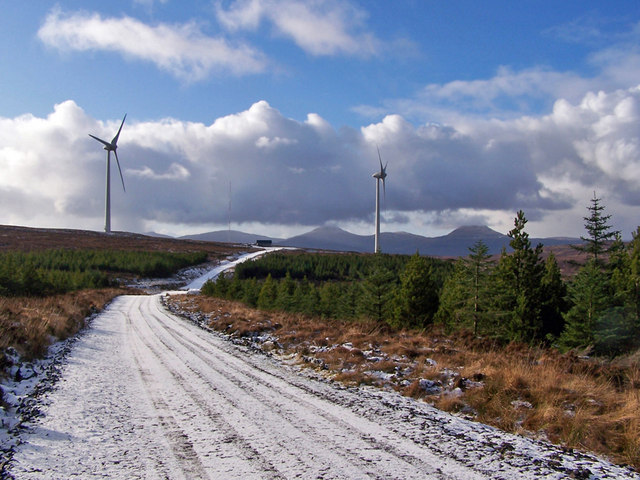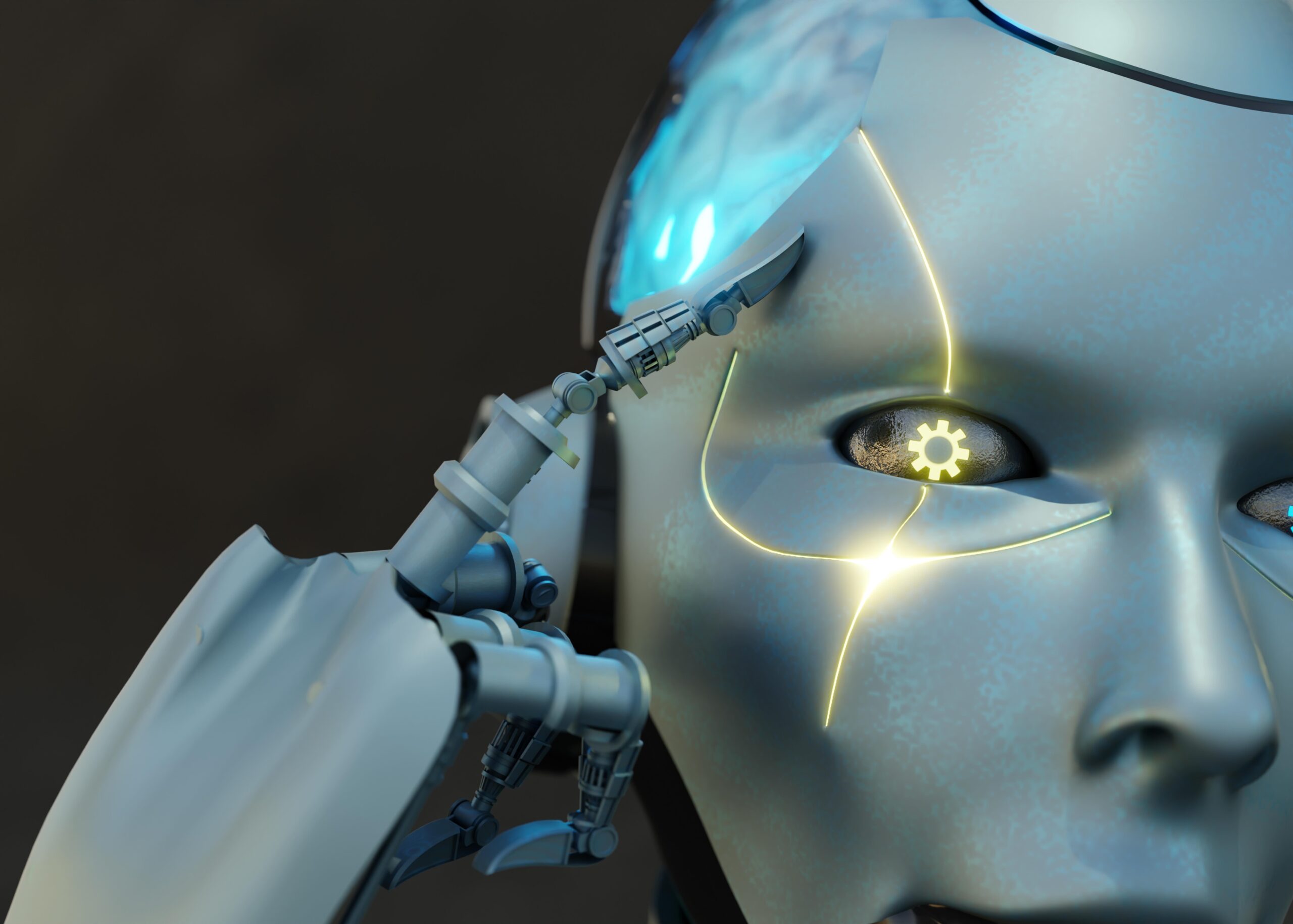A Glimpse of New York… 100 Years later...
Yesterday, on day 5, I shared the first 10 pages of the first chapter set in the future; chapter 5. Panic — Ben waking up and panicking in a world transformed.
Today, I want to take you a little further with chapter 6. New York,
Into what was once the heart of Ben’s world.
But now into a city that has… evolved.
This is just a glimpse of what’s coming.
In just 2 days, the full story is yours if you preorder it now for just $0,99:
Transitioning from the last paragraph of chapter 5:
The capsule began to slow, a soft hum filling the air as it approached the Velocity Terminal in New York City. Ben leaned forward, his heart pounding with a mix of hope and trepidation. What would he find in the city that had once been his home?
———
Here are the first 3 pages of chapter 6. Enjoy.
6. New York
Benjamin stepped out into a world unrecognizable. Towering green walls dripped with vines, and sunlight filtered through vast canopies of trees that lined the streets. The air smelled fresh, like after a summer rain, and the low hum of activity came not from honking cars or thundering motorcycles but from people laughing, talking, and working together in the open spaces.
Everything was immaculate yet alive. Areas of neatly tended grass stretched between the buildings with clusters of trees and vibrant shrubs, while wildflowers peeked through in charming, untamed bursts. Some of the old buildings still stood, preserved as relics of the past, but the spaces between them had been reimagined as lush forests. Cozy, meandering pathways wound through the greenery, dotted with people walking, biking, and pausing on benches to enjoy the serene atmosphere. The fumes Ben was used to from New York was gone, replaced by fresh forest air.
As Ben stepped onto a meandering path, the city unfolded before him like a living, breathing canvas of color and motion. The people were as varied as the wildflowers and trees lining the pathways, each an expression of individuality unbound by convention. A man strolled past wearing a deep green jacket with intricate leaf-like patterns embroidered into the fabric, his boots softly crunching against the gravel. Nearby, a woman walked with confidence in a dress that refracted light into faint rainbows, the effect subtle and mesmerizing as the sunlight caught its edges.
A child skipped ahead, dressed in what looked like a patchwork of vibrant, hand-painted fabrics, each square a tiny story. Her hair was adorned with glowing beads that pulsed softly in rhythm with her steps. Two others followed her, one in a sleek jumpsuit of smooth, matte material that hugged their form, the other in a loose tunic and trousers, dyed in shades of blue that seemed to mirror the sky above.
Ben’s attention was drawn to a young woman weaving gracefully through the crowd. Her movements combined the elegance of ballet with the fluid power of gymnastics, as though the pathway was her stage. She leapt and turned with effortless precision, her long, flowing garment trailing behind her like a whisper of wind. The fabric shimmered faintly, catching the light in fleeting moments but remaining understated. Those she passed paused to watch, their smiles warm and appreciative of the spontaneous performance.
Above them, a young man on a floating platform sailed gently over the crowd, his outfit a simple blend of earthy tones that harmonized with the greenery below. He waved at those on the path, his expression serene, as the platform adjusted its height to navigate the curves and archways of the park-like setting.
Everywhere Ben looked, the city thrummed with life and creativity. No one hurried, yet the streets were alive with energy—conversations, laughter, song, and the occasional melody from a handcrafted instrument carried on the breeze. It was unlike anything he’d ever seen: a world not just alive but flourishing, every person a brushstroke in a masterpiece of humanity.
Above the grass-covered streets, sleek golden, egg-shaped Anti-Gravity Vehicles (AGVs) glided soundlessly, their motion so smooth it was almost hypnotic. They emitted no noise, no pollution—just an elegant, purposeful presence that complemented the diverse scene below. Humanoid robots moved among the gardens, pruning bushes and tending to flowers, but they weren’t alone. Humans worked alongside them, their interactions harmonious and unhurried.
It was like stepping into a vision of paradise.
But to Ben, the sight brought a different sensation—something cold brushing against the edge of his thoughts.
The robots were elegant, sure, moving with a strange fluidity, even grace. Their gestures mimicked human care as they trimmed leaves or handed tools to gardeners. One even knelt to tie a child’s sandal before continuing on its way.
But rather than feeling inspired, Ben felt something twist inside him.
“They’re doing the work,” he thought. “All of it.”
He scanned the area again. No one seemed in charge. There were no supervisors, no bosses, no payroll, no urgency. The people nearby were smiling, exchanging ideas, experimenting with new plants, sketching designs on invisible screens in the air, but the labor—the maintenance, the heavy lifting, the tedious bits—seemed to fall on the machines.
In his world, work had meant survival. Money meant security. And jobs—however soul-sucking—had given structure, purpose, identity.
“If the robots are doing everything,” he wondered, “then what do people do? What am I supposed to do?”
He looked down at his own hands, suddenly hyper-aware of their stillness. For the first time since waking up, he didn’t just feel out of place—he felt obsolete.
Ben’s feet carried him forward, almost without thought, as he took it all in. His awe was tinged with disbelief and confusion, his mind struggling to reconcile this idyllic city with the chaotic New York he remembered. Then, through the haze of wonder, his eyes locked onto a familiar landmark: the Freedom Tower.
———
Do you like this and are curious for more..?
In just 2 days, the full story is yours if you preorder it now.
👉 Preorder Waking Up for only $0.99 before the launch on May 2:
